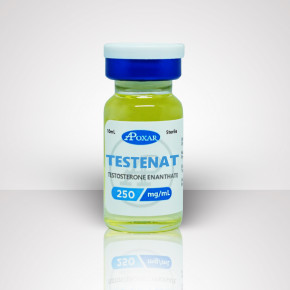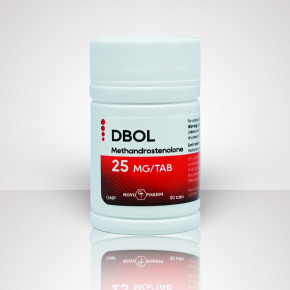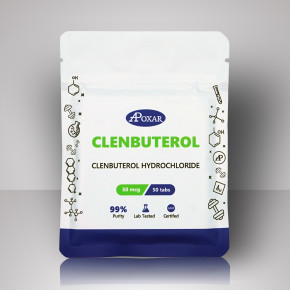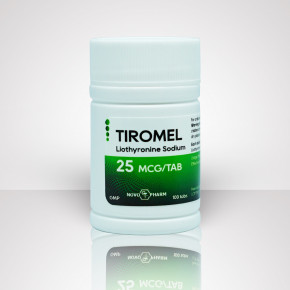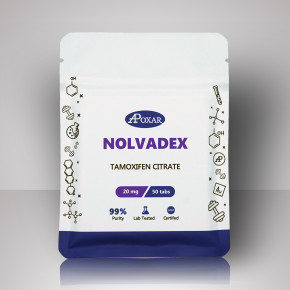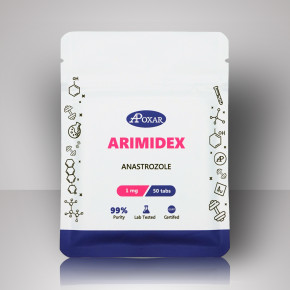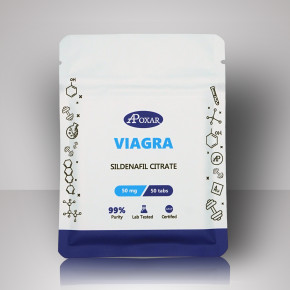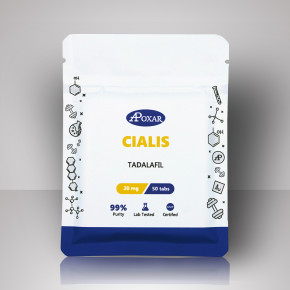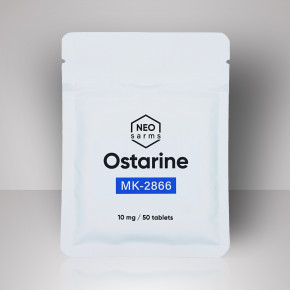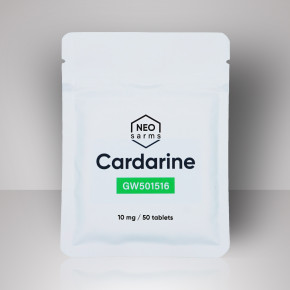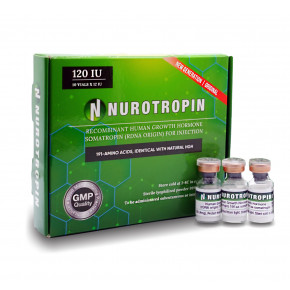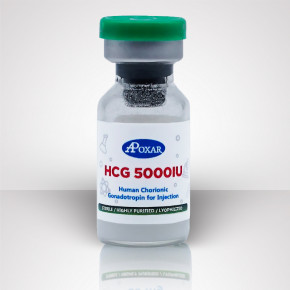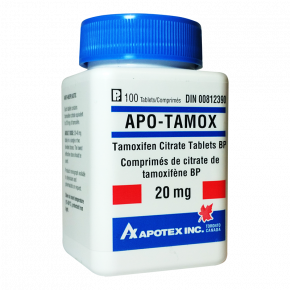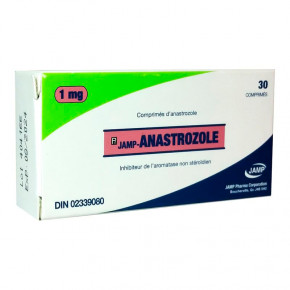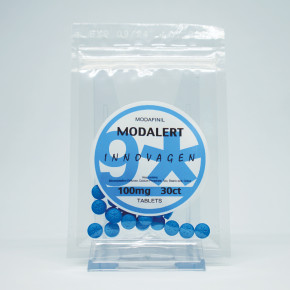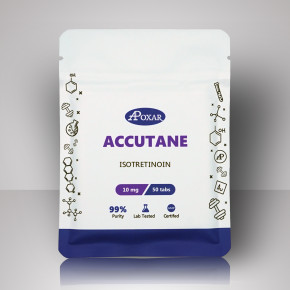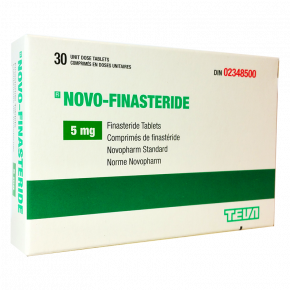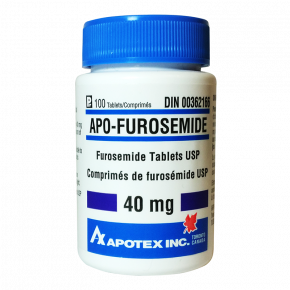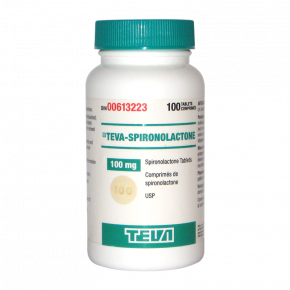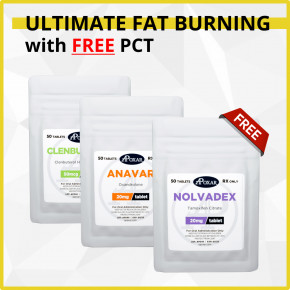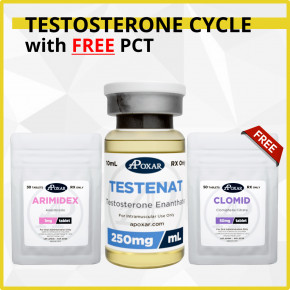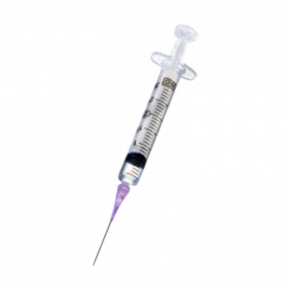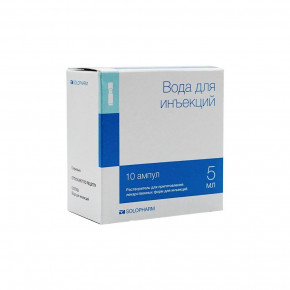 Proudly Serving Canadians Since 2012
Proudly Serving Canadians Since 2012Anavar - Oxandrolone
#1 Oral Steroid in the world. It increases testosterone levels, which affects muscle growth, weight loss and strength. Solid results and minimized side effects. Works perfectly for beginners and suitable for women. 40-60mg/day 6-8 weeks
-
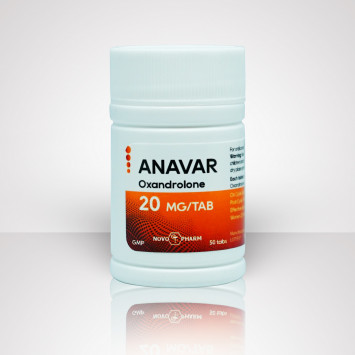
Anavar - Oxandrolone 20mg/50tabs - NovoPharm
Anavar Oxandrolone is a tableted drug. It’s considered to be one of the safest anabolic steroids, suitable for younger beginner athletes and women.
- Usage: Men 40-80 mg/day
- Cycle Duration: 6-10 weeks for optimal results
- Aromatization: No.
- Post Cycle Therapy: Nolvadex 40mg/day for 2 weeks, then 20mg/day for another 2 weeks
- Stack With: Winstrol for cutting/weight loss or Primobolan Depot for Lean muscle
Increases Strength
Improves Sex Drive
Muscle Gains
$110.00 -
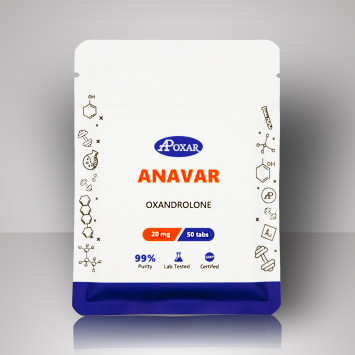
Anavar - Oxandrolone 20mg/50tabs - Apoxar
Anavar is a tableted drug, oxandrolone being its active agent. Athletes use the drug for cutting, getting some lean muscle and improving strength performance.
- Usage: Men 40-80 mg/day
- Cycle Duration: 6-10 weeks for optimal results
- Aromatization: No.
- Post Cycle Therapy: Nolvadex 40mg/day for 2 weeks, then 20mg/day for another 2 weeks
- Stack With: Winstrol for cutting/weight loss or Primobolan Depot for Lean muscle
Quality Guaranteed: See 3rd Party Laboratory Test
Increases Strength
Improves Sex Drive
Muscle Gains
$100.00
Description
Anavar is the trade name for oxandrolone, an oral anabolic steroid derived from dihydrotestosterone. It was designed to have a very strong separation of the anabolic and androgenic effect, and no significant estrogenic or progestational activity. Oxandrolone is noted for being quite mild as far as oral steroids are concerned, well-tailored for the promotion of strength and quality muscle tissue gains without significant side effects. Milligram for milligram it displays as much as six times the anabolic activity of testosterone in assays, with significantly less androgenicity.1 This drug is a favorite of dieting bodybuilders and competitive athletes in speed/anaerobic performance sports, where its tendency for pure tissue gain (without fat or water retention) fits well with the desired goals.
History
Oxandrolone was first described in 1962. It was developed into a medicine several years later by pharmaceutical giant G.D. Searle & Co. (now Pfizer), which sold it in the United States and the Netherlands under the Anavar trade name. Searle also sold/licensed the drug under different trade names including Lonavar (Argentina, Australia), Lipidex (Brazil), Antitriol (Spain), Anatrophill (France), and Protivar. Oxandrolone was designed to be an extremely mild oral anabolic, one that could even be used safely by women and children. In this regard, Searle seems to have succeeded, as Anavar has shown a high degree of therapeutic success and tolerability in men, women, and children alike. During its early years, Anavar had been offered for a number of therapeutic applications, including the promotion of lean tissue growth during catabolic illness, the promotion of lean tissue growth following surgery, trauma, infection, or prolonged corticosteroid administration, or the support of bone density in patients with osteoporosis.
By the 1980s, the FDA had slightly refined the approved applications of Anavar to include the promotion of weight gain following surgery, chronic infection, trauma, or weight loss without definite pathophysiologic reason. In spite of its ongoing track record of safety, Searle decided to voluntarily discontinue the sale of Anavar on July 1, 1989. Lagging sales and growing public concern about the athletic use of anabolic steroids appeared to be at the root of this decision. With the Anavar brand off the market, oxandrolone had completely vanished from U.S. pharmacies. Soon after, oxandrolone products in international markets (often sold by or under license from Searle) began to disappear as well, as the leading global manufacturer of the drug continued its withdrawal from the anabolic steroid business. For several years during the early 1990s, it looked as if Anavar might be on its way out of commerce for good.
It would be approximately six years before oxandrolone tablets would be back on the U.S. market. The product returned to pharmacy shelves in December 1995, this time under the Oxandrin name by Bio-Technology General Corp. (BTG). BTG would continue selling it for the FDA approved uses involving lean mass preservation, but had also been granted orphan-drug status for the treatment of AIDS wasting, alcoholic hepatitis, Turner’s syndrome in girls, and constitutional delay of growth and puberty in boys. Orphan drug status gave BTG a 7-year monopoly on the drug for these new uses, allowing them to protect a very high selling price. Many patients were outraged to learn that the drug would cost them (at wholesale price) between $3.75 and $30 per day, which was many times more costly than Anavar had been just several years back. The release of a 10 mg tablet from BTG several years later did little to reduce the relative cost of the drug.
Oxandrin® continues to be sold in the U.S. but is now under the Savient label (formerly known as BTG). It is currently approved by the FDA for “adjunctive therapy to promote weight gain after weight loss following extensive surgery, chronic infections, or severe trauma and in some patients who without definite pathophysiologic reasons fail to gain or to maintain normal weight, to offset the protein catabolism associated with prolonged administration of corticosteroids, and for the relief of the bone pain frequently accompanying osteoporosis.” Generic versions of the drug are now available in the U.S., which has reduced the price of oxandrolone therapy. Outside of the U.S., oxandrolone remains available, although not widely.
How Supplied
Oxandrolone is available in select human drug markets. Composition and dosage may vary by country and manufacturer. The original Anavar brand contained 2.5 mg of steroid per tablet. Oxandrin contains 2.5 mg or 10 mg per tablet. Other modern brands commonly contain 2.5 mg, 5 mg, or 10 mg of steroid per tablet.
Structural Characteristics
Oxandrolone is a modified form of dihydrotestosterone. It differs by:
- the addition of a methyl group at carbon 17-alpha to protect the hormone during oral administration
- the substitution of carbon-2 in the A-ring with an oxygen atom. Oxandrolone is the only commercially available steroid with such a substitution to its basic ring structure, an alteration that considerably increases the anabolic strength of the steroid (partly by making it resistant to metabolism by 3-hydroxysteroid dehydrogenase in skeletal muscle tissue).
Side Effects (Estrogenic)
Oxandrolone is not aromatized by the body and is not measurably estrogenic. Oxandrolone also offers no related progestational activity. An anti-estrogen is not necessary when using this steroid, as gynecomastia should not be a concern even among sensitive individuals. Since estrogen is the usual culprit with water retention, oxandrolone instead produces a lean, quality look to the physique with no fear of excess subcutaneous fluid retention. This makes it a favorable steroid to use during cutting cycles when water and fat retention are major concerns. Oxandrolone is also very popular among athletes in strength/speed sports such as sprinting, swimming, and gymnastics. In such disciplines, one usually does not want to carry around excess water weight and may find the raw muscle-growth brought about by oxandrolone to be quite favorable over the lower quality mass gains of aromatizable agents.
Side Effects (Androgenic)
Although classified as an anabolic steroid, androgenic side effects are still possible with this substance. This may include bouts of oily skin, acne, and body/facial hair growth. Anabolic/androgenic steroids may also aggravate male pattern hair loss. Women are warned of the potential virilizing effects of anabolic/androgenic steroids. These may include a deepening of the voice, menstrual irregularities, changes in skin texture, facial hair growth, and clitoral enlargement. Oxandrolone is a steroid with low androgenic activity relative to its tissue-building actions, making the threshold for strong androgenic side effects comparably higher than with more androgenic agents such as testosterone, methandrostenolone, or fluoxymesterone.
The low androgenic activity of oxandrolone is due in part to it being a derivative of dihydrotestosterone. This creates a less androgenic steroid because the agent lacks the capacity to interact with the 5-alpha reductase enzyme and convert to a more potent “di-hydro” form. This is unlike testosterone, which is several times more active in androgen-responsive target tissues such as the scalp, skin, and prostate (where 5-alpha reductase is present in high amounts) due to its conversion to DHT. In essence, oxandrolone has a more balanced level of potency between muscle and androgenic target tissues. This is a similar situation as is noted with Primobolan and Winstrol, which are also derived from dihydrotestosterone and not known to be very androgenic substances.
Side Effects (Hepatotoxicity)
Oxandrolone is a c17-alpha alkylated compound. This alteration protects the drug from deactivation by the liver, allowing a very high percentage of the drug entry into the bloodstream following oral administration. C17-alpha-alkylated anabolic/androgenic steroids can be hepatotoxic. Prolonged or high exposure may result in liver damage. In rare instances, life-threatening dysfunction may develop. It is advisable to visit a physician periodically during each cycle to monitor liver function and overall health. Intake of c17-alpha-alkylated steroids is commonly limited to 6-8 weeks, in an effort to avoid escalating liver strain.
Oxandrolone appears to offer less hepatic stress than other c-17 alpha-alkylated steroids. The manufacturer identifies oxandrolone as a steroid that is not extensively metabolized by the liver like other 17-alpha alkylated orals, which may be a factor in its reduced hepatotoxicity. This is evidenced by the fact that more than a third of the compound is still intact when excreted in the urine.2 Another study comparing the effects of oxandrolone to other alkylated agents including methyltestosterone, norethandrolone, fluoxymesterone, and methandriol demonstrated that oxandrolone causes the lowest sulfobromophthalein (BSP; a marker of liver stress) retention of the agents tested.3 20 mg of oxandrolone produced 72% less BSP retention than an equal dosage of fluoxymesterone, which is a considerable difference being that they are both 17-alpha alkylated.
A more recent study looked at escalating doses (20 mg, 40 mg, and 80 mg) of oxandrolone in 262 HIV+ men. The drug was administered for a period of 12 weeks. The group taking 20 mg of oxandrolone per day showed no statistically significant trends of hepatotoxicity in liver enzyme (AST/ALT; aminotransferase and alanine aminotransferase) values. Those men taking 40 mg noticed a mean increase of approximately 30-50% in liver enzyme values, while the group of men taking 80 mg noticed an approximate 50-100% increase. Approximately 10-11% of the patients in the 40 mg group noticed World Health Organization grade III and IV toxicity according to AST and ALT values. This figure jumped to 15% in the 80 mg group. While serious hepatotoxicity cannot be excluded with oxandrolone, these studies do suggest that it is measurably safer than other alkylated agents.
Side Effects (Cardiovascular)
Anabolic/androgenic steroids can have deleterious effects on serum cholesterol. This includes a tendency to reduce HDL (good) cholesterol values and increase LDL (bad) cholesterol values, which may shift the HDL to LDL balance in a direction that favors greater risk of arteriosclerosis. The relative impact of an anabolic/androgenic steroid on serum lipids is dependant on the dose, route of administration (oral vs. injectable), type of steroid (aromatizable or non-aromatizable), and level of resistance to hepatic metabolism. Oxandrolone has a strong effect on the hepatic management of cholesterol due to its structural resistance to liver breakdown, non-aromatizable nature, and route of administration. In the previously cited study in HIV+ males, 20 mg of oxandrolone daily for 12 weeks caused a mean serum HDL reduction of 30%. HDL values were suppressed 33% in the 40 mg group, and 50% in the 80 mg group. This was accompanied by a statistically significant increase in LDL values (approximately 30-33%) in the 40 mg and 80 mg groups, further increasing atherogenic risk. Anabolic/androgenic steroids may also adversely effect blood pressure and triglycerides, reduce endothelial relaxation, and support left ventricular hypertrophy, all potentially increasing the risk of cardiovascular disease and myocardial infarction.
At one time oxandrolone was looked at as a possible drug for those suffering from disorders of high cholesterol or triglycerides. Early studies showed it to be capable of lowering total cholesterol and triglyceride values in certain types of hyperlipidemic patients, which was thought to signify potential for this drug as a lipid-lowering agent. With further investigation, it was found, however, that any lowering of total cholesterol values was accompanied by a redistribution in the ratio of good (HDL) to bad (LDL) cholesterol that favored greater atherogenic risk.4 5 This negates any positive effect this drug might have on triglycerides or total cholesterol, and actually makes it a potential danger in terms of cardiac risk, especially when taken for prolonged periods of time. Today we understand that as a group, anabolic/androgenic steroids tend to produce unfavorable changes in lipid profiles, and are really not useful in disorders of lipid metabolism. As an oral c17 alpha alkylated steroid, oxandrolone is even riskier to use in this regard than an esterified injectable such as a testosterone or nandrolone.
To help reduce cardiovascular strain it is advised to maintain an active cardiovascular exercise program and minimize the intake of saturated fats, cholesterol, and simple carbohydrates at all times during active AAS administration. Supplementing with fish oils (4 grams per day) and a natural cholesterol/antioxidant formula such as Lipid Stabil or a product with comparable ingredients is also recommended.
Side Effects (Testosterone Suppression)
All anabolic/androgenic steroids, when taken in doses sufficient to promote muscle gain, are expected to suppress endogenous testosterone production. Oxandrolone is no exception. In the above-cited study on HIV+ males, twelve weeks of 20 mg or 40 mg per day caused an approximate 45% reduction in serum testosterone levels. The group taking 80 mg noticed a 66% decrease in testosterone. Similar trends of decrease were noticed in LH production, with the 20 mg and 40 mg doses causing a 25-30% reduction, and the 80 mg group noticing a decline of more than 50%. Additionally, studies on boys with constitutionally delayed puberty have demonstrated significant suppression of endogenous LH and testosterone with as little as 2.5 mg per day. Without the intervention of testosterone stimulating substances, testosterone levels should return to normal within 1-4 months of drug secession. Note that prolonged hypogonadotrophic hypogonadism can develop secondary to steroid abuse, necessitating medical intervention.
Administration (General)
Studies have shown that taking an oral anabolic steroid with food may decrease its bioavailability. This is caused by the fat-soluble nature of steroid hormones, which can allow some of the drug to dissolve with undigested dietary fat, reducing its absorption from the gastrointestinal tract. For maximum utilization, this steroid should be taken on an empty stomach.
Administration (Men)
The original prescribing guidelines for Anavar called for a daily dosage of between 2.5 mg and 20 mg per day (5-10 mg being most common). This was usually recommended for a period of two to four weeks, but occasionally it was taken for as long as three months. The dosing guidelines recommended with the current U.S. production form of the drug (Oxandrin, Savient Pharmaceuticals) also call for between 2.5 and 20 mg of drug per day, taken in intermittent cycles of 2 to 4 weeks. The usual dosage for physique- or performance-enhancing purposes is in the range of 15-25 mg per day, taken for 6 to 8 weeks. These protocols are not far removed from those of normal therapeutic situations.
Oxandrolone is often combined with other steroids for a more dramatic result. For example, while bulking one might opt to add in 200-400 mg of a testosterone ester (cypionate, enanthate, or propionate) per week. The result should be a considerable gain in new muscle mass, with a more comfortable level of water and fat retention than if taking a higher dose of testosterone alone. For dieting phases, one might alternately combine oxandrolone with a non-aromatizing steroid such as 150 mg per week of a trenbolone ester or 200-300 mg of Primobolan® (methenolone enanthate). Such stacks are highly favored for increasing definition and muscularity. An in-between (lean mass gain) might be to add in 200-400 mg of a low estrogenic compound like Deca-Durabolin® (nandrolone decanoate) or Equipoise® (boldenone undecylenate).
Administration (Women)
The original prescribing guidelines for Anavar did not offer separate dosing recommendations for women, although it was indicated that women who were pregnant or may become pregnant, should not use the drug. The current guidelines for Oxandrin also do not make special dosing recommendations for women. Women who fear the masculinizing effects of many steroids would be quite comfortable using this drug, as these properties are very rarely seen with low doses. For physique- or performance-enhancing purposes, a daily dosage of 5-10 mg should illicit considerable growth without the noticeable androgenic side effects of other drugs. This would be taken for no longer than 4-6 weeks. Eager females may wish to add another mild anabolic such as Winstrol®, Primobolan® or Durabolin®. When combined with such anabolics, the user should notice faster, more pronounced muscle-building effects, but it may also increase the likelihood of seeing androgenic side effects (or hepatotoxicity in the case of Winstrol).
Availability:
Generic forms of oxandrolone are available in the United States in both 2.5 mg and 10 mg dosages. Outside of the U.S., however, pharmaceutical preparations containing oxandrolone are fairly limited. The drug is unavailable in Europe, and with a handful of exceptions in the west. In recent years, production has increasingly shifted to less regulated markets in Asia.
References
- Oxandrolone: A Potent Anabolic Steroid of Novel Chemical Composition. Fox M, Minot AS, and Liddle GW. Journal of Clinical Endocrinology and Metabolism. 1962; Volume 22, Pgs. 921-924.
- Studies on anabolic steroids. II–Gas chromatographic/mass spectrometric characterization of oxandrolone urinary metabolites in man. Masse R, Bi HG,Ayotte C, Dugal R. Biomed Environ Mass Spectrom. 1989 Jun;18(6):429-38.
- Methyltestosterone, related steroids, and liver function. DeLorimier, Gordan G, Lowe R. et al. Arch Int. Med 116 (1965):289-94.
- Oxandrolone and Plasma Triglyceride Reduction: Effect of Triglyceride-Rich Diet and High Density Lipoproteins. Artery 9 (1981):328-41.
- Plasma and Lipoprotein Lipid Responses to Four Hypolipid Drugs. Lipids 19 (1984):73-79.

